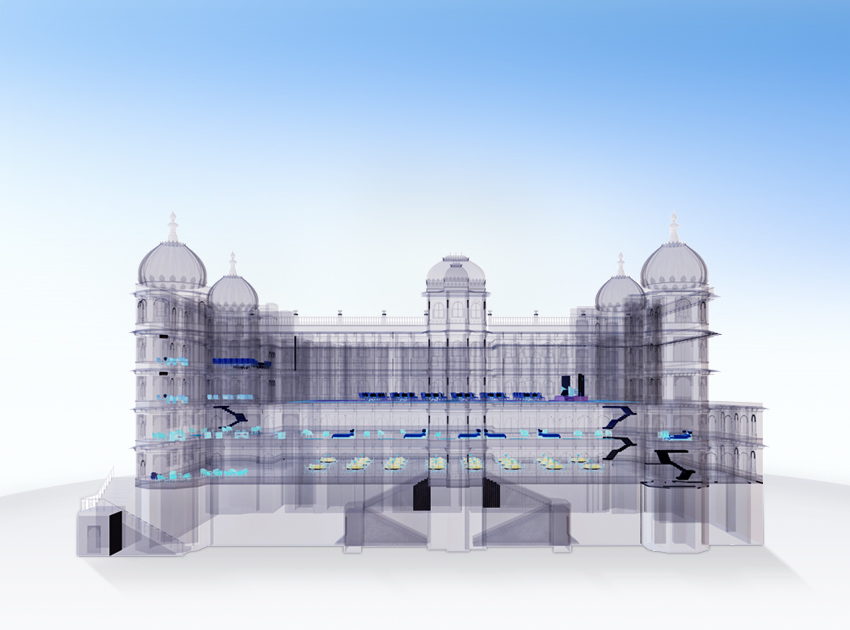The flawless palaces, manifesting the combination of Hindu-Mughal architecture or the lofty forts atop Aravali, surviving the difficult realities of the time; the magnificent structures of the Mewar stand from centuries, narrating stories of the Rajput valor.
It is known for architectural ostentatious and ornamental beauty; the earliest structures of Mewar started with basic treated structures, flat or vaulted roofs and no true arches. The sole material used and pillars were simply square shafts with square base. However, time saw the simple Pink stone or local Schist stone from mines nearby which evolved into the richly ornate forts and palaces of Mewar.
Toted as the undefeated fortress of Mewar, Kumbhalgarh fort was created by Rana Kumbha (1433-1468). Being an immense builder, various new architectural elements such as stepping or pointed arch with ogee curve and semi-circular arch with three foliations were incorporated. Octagonal and stilted dome were introduced with floral and geometrical decorative motifs appearing on the ceilings. With a 36 kilometer long perimeter wall, long after the Great Wall of China; the majestic fort of Kumbhalgarh represents the undefeated spirit of Mewar.
After striking forts, Mewar palaces are the bejewelled possession of Mewar architecture. Embodying a rare spectacle; City Palace, Udaipur is a rich blend of Rajasthani, Mughal, Medieval, European, Architecture with use of Chinese tiles in Badi Chitrashali, built over 400 years by several kings of the dynasty. Built entirely in the Schist, granite and marble, this palace complex with its balconies, towers and cupolas, exhibits elaborate mirror-works, marble-works, murals, silver-works and inlay-works.
The palace was initiated by the Maharana Udai Singh II, City Palace is an assortment of various structures, gateways, corridors and courtyards. Assorted developments in the field of architecture took place during his reign (1537-1572). The Zenana Mahal or the former palace of royal ladies incorporates a series of ‘Shahjahani’ architectural elements. With exquisitely designed alcoves, colored windows and tiled walls, it is one of the most exquisite realms of the Palace complex.
